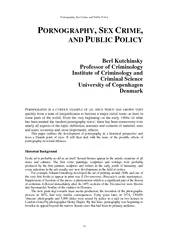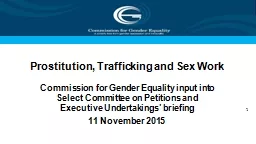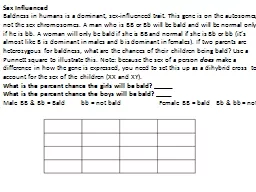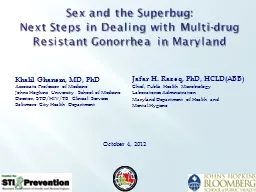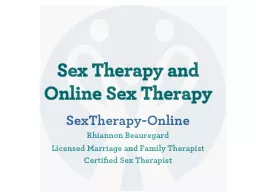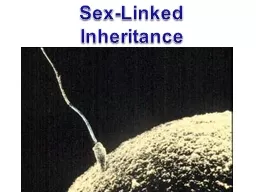PPT-Sex and the Superbug:
Author : test | Published Date : 2017-06-09
Next Steps in Dealing with Multidrug Resistant Gonorrhea in Maryland Khalil Ghanem MD PhD Associate Professor of Medicine Johns Hopkins University School of Medicine
Presentation Embed Code
Download Presentation
Download Presentation The PPT/PDF document "Sex and the Superbug:" is the property of its rightful owner. Permission is granted to download and print the materials on this website for personal, non-commercial use only, and to display it on your personal computer provided you do not modify the materials and that you retain all copyright notices contained in the materials. By downloading content from our website, you accept the terms of this agreement.
Sex and the Superbug:: Transcript
Download Rules Of Document
"Sex and the Superbug:"The content belongs to its owner. You may download and print it for personal use, without modification, and keep all copyright notices. By downloading, you agree to these terms.
Related Documents



